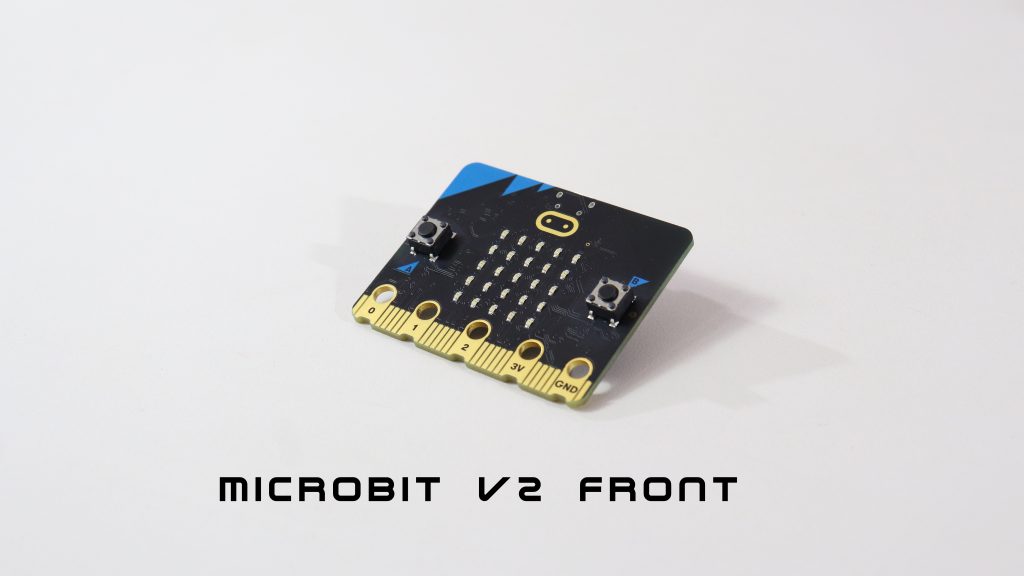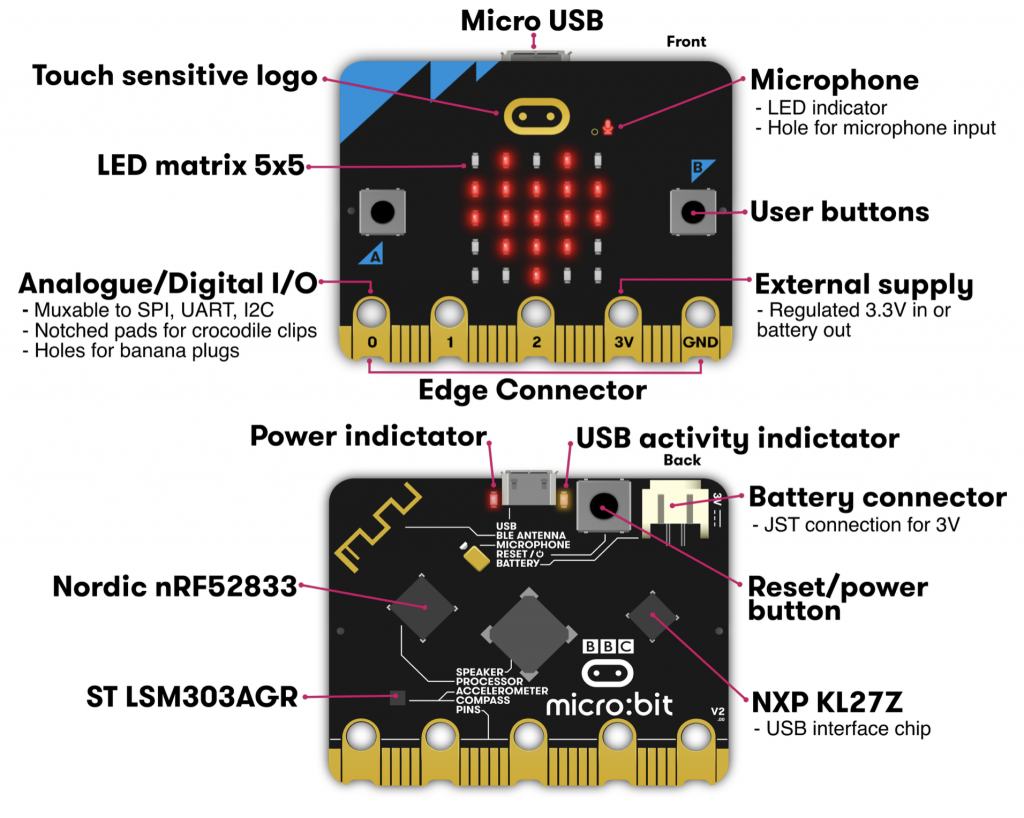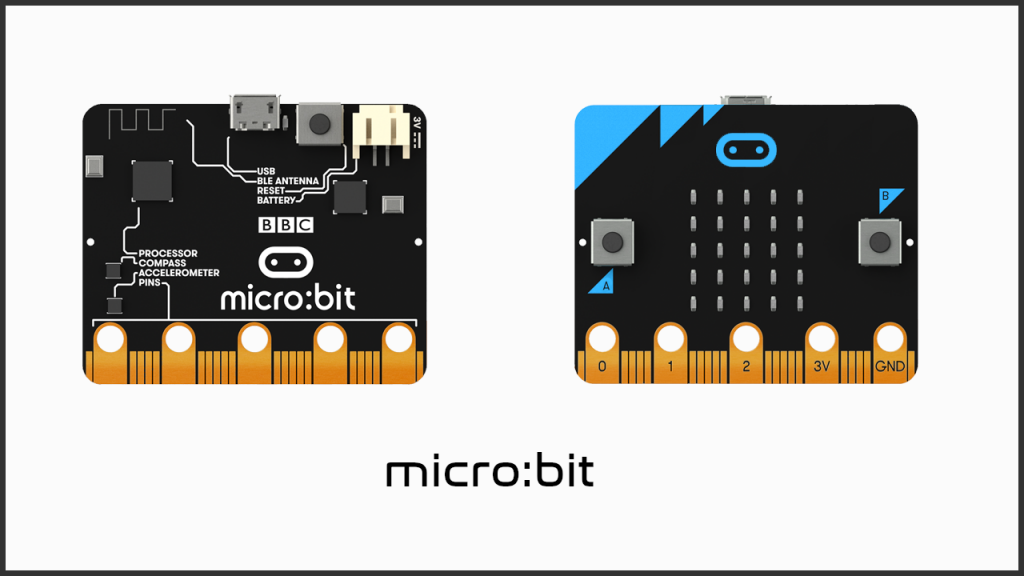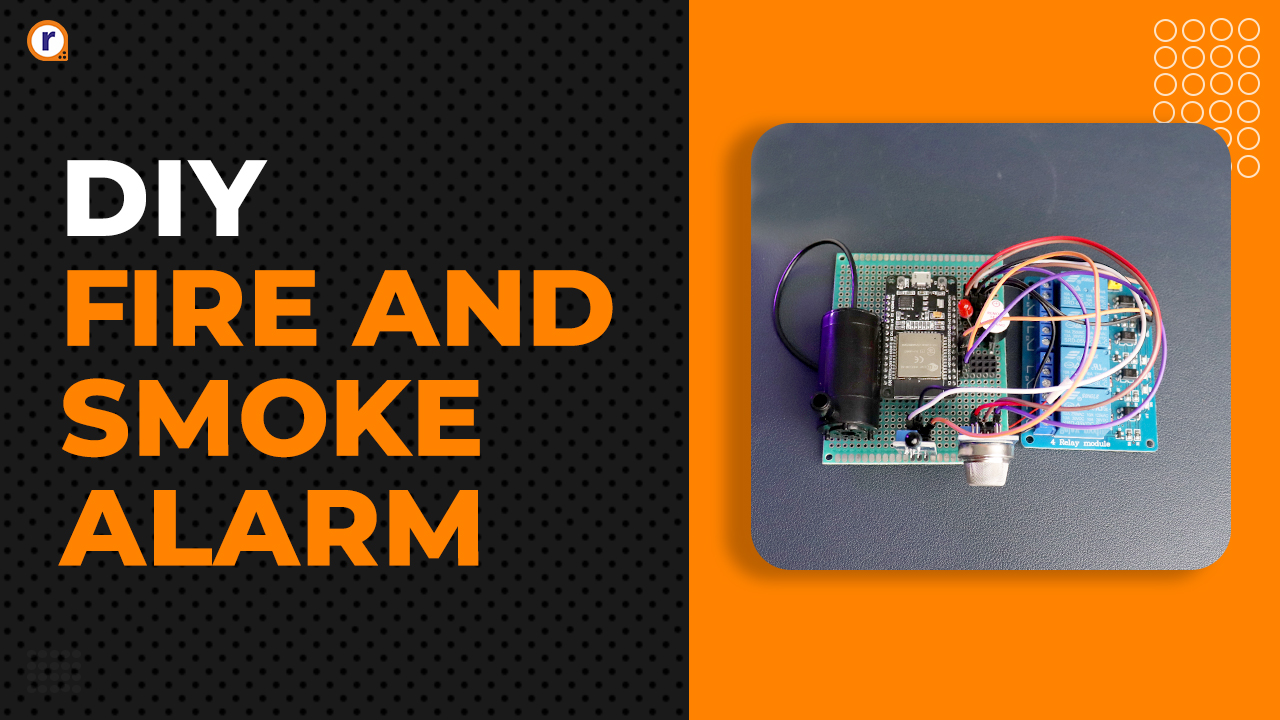Microbit V2 : Similar Yet Different
The blog covers what’s new in micro:bit V2, features, refinements, with respect to the micro:bit V1.

With the launching of the Raspberry Pi 400, we are also here with the launch of Micro bit V2. You might have been familiar with the previous Microbit which had a lot of potentials. But the new version is way better as it covers more stuff to work with.
The target audience is different for this board, it is basically designed for younger people. It is meant for people who want to start with embedded systems, coding, robotics, etc...

The BBC micro:bit v2 is a pocket computer that lets you get creative with digital technology. It is designed for everyone, it can be used by a school-age kid and even advanced coders without any hassle. The coding is pretty simple to start with. It can be easily programmed like scratch.
Each pack contains just the v2 board. You can code, customize, and control your micro:bit from anywhere! You can use your micro:bit for all sorts of unique creations, from robots to musical instruments and more.
At half the size of a credit card, you will be surprised at the amount of hardware each board is equipped with, including 25 red LED lights that can flash messages. There are two programmable tactile buttons and a touch-sensitive logo that can be used to control games or pause and skip songs on a playlist. The micro:bit can even detect motion and tell you which direction you’re heading. It can also use Bluetooth Low Energy (BLE 5.0) to interact with other devices and the Internet.
So now as we got some outline of what is a microbit actually. Let's move to what it actually is and deep dive into it.

What's New?
Firstly, the v2 has been designed to be completely similar to the micro:bit v1. The micro:bit v2 is the same size, shape, and look as v1 with very similar functionality. Any program that could run on a micro:bit v1 can be re-built to run on the latest version.
What the micro:bit has done with this latest revision is to add widely requested sound-making and sensing functionality along with refining the board to increase the board's capabilities drastically.
New Features (exclusive to the micro:bit v2)
- On-board speaker
- MEMS Microphone with LED indicator
- Touch-sensitive Logo
- Built-in sleep/off mode (enabling the board to be powered down whilst batteries remain connected)
- Discrete regulator (to supply up to 200mA of current to external accessories)

Refinements
- Notched edge connector
- This will make connecting things (such as crocodile clips and conductive thread) easier
- Power LED indicator
- In addition to the USB activity indicator, the power LED shows whether the micro:bit is powered on or off
- Copper plated antenna
- This will allow for easier identification of the radio/Bluetooth component
- Memory has increased from 16KB to 128KB RAM and 256KB to 512KB flash
- This gives the device much more capability
- The board can now provide 200mA to accessories
- This has increased from 90mA in the micro:bit v1
- Extra input capability is achieved with the touch sensor to accompany the existing two buttons
- Version 2 has a power LED and can be switched off instead of having to remove batteries
Key Features
- 25 LED matrix on the board where you can scroll messages or display numbers
- Accelerometer to detect movement or tilting
- Compass
- Bluetooth connection to interact with the internet or other devices
- 2 user input buttons
- Micro USB connection to use with PC for programming
- Port for a battery pack
- ARM Cortex-M4 CPU
- Built-in speaker and microphone
- 20 pin edge connector along the bottom of the board
More to read similar to this


Comparison
| Microbit v1 Current (v1.5) |
Feature | Microbit v2
|
|---|---|---|
|
Nordic Semiconductor nRF51822 |
Processor |
Nordic Semiconductor nRF52833 |
|
256kB Flash 16kB RAM |
Memory |
512kB Flash 128kB RAM |
|
NXP KL26Z, 16kB RAM |
Interface |
NXP KL27Z, 32kB RAM |
|
N/A |
Microphone |
MEMS microphone and LED indicator |
|
N/A |
Speaker |
On board speaker |
|
N/A |
Logo Touch |
Touch sensitive logo pin |
|
25 pins. 3 dedicated GPIO, i2C, SPPI and ext. power. 3 ring pins for connecting crocodile plugs. |
Edge Connector | 25 pins, 4 dedicated GPIO, PWM, i2C, SPI and ext. power. 3 ring pins for connecting crocodile clips/ banana plugs. Notched for easier connection |
|
Shared I2C |
I2C |
Dedicated I2C bus for peripherals |
|
2.4Ghz Micro:bit Radio/BLE Bluetooth 4.0 |
Wireless |
2.4Ghz Micro:bit Radio/ BLE Bluetooth 5.0 |
|
5V via Micro USB port, 3V via edge connector or battery pack |
Power |
5V via Micro USB port, 3V via edge connector or battery pack. LED power indicator, Power off (push and hold power button) |
|
90mA available for accessories |
Current available |
200mA available for accessories |
|
ST LSM 303 |
Motion Sensor |
ST LSM 303 |
|
C++, Makecode, Python, Scratch |
Software |
C++, Makecode, Python, Scratch |
|
5cm(w) x 4cm(h) |
Size |
5cm(w) x 4cm(h) |
Conclusion
So with the above details, we can say that everything is pretty much the same, while there are improvements which make the board slightly more efficient and practical. The main goal of the board is to teach young people, which is served in a more better way in the new board. Let me know your thoughts on the blog. Until next time, Sayonara.






